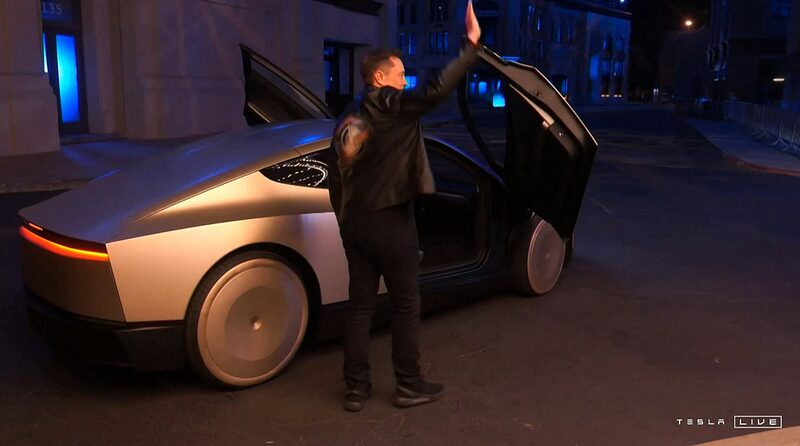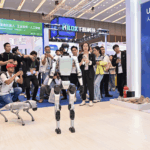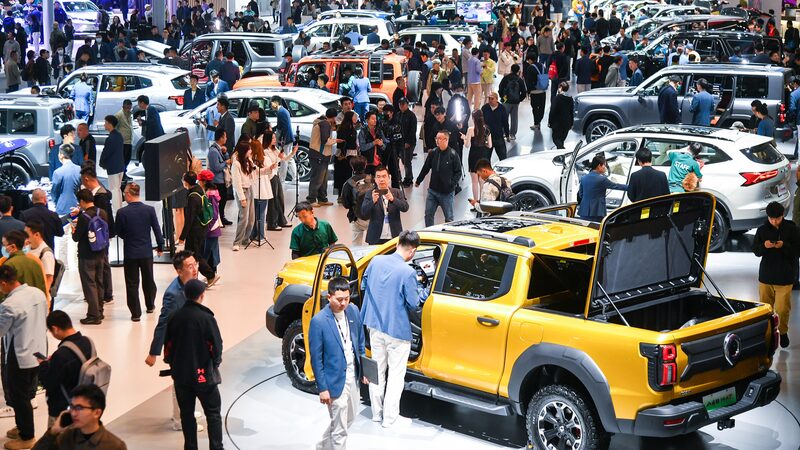Wuhan is steering ahead in China’s robotaxi revolution, with daily peak orders surpassing 20 per vehicle! 🚖✨ Reports from Hubei Release highlight the rapid growth of autonomous ride-hailing in the megacity of Wuhan, central China's Hubei Province.
Baidu’s autonomous platform, Apollo Go, is lighting up Weibo, 🌟 making it to the top 10 trending topics. This surge isn’t just numbers; it’s a testament to the city’s nickname as the \"Chinese Motor Valley,\" a powerhouse for automotive innovation.
June Yoon from the Financial Times remarked, \"Well, this is one way to drive new tech growth.\" But as robotaxis become more popular, questions about safety and their impact on traditional taxis are buzzing around. 🤔
Safety First 🚦
Yin Ying, General Manager of Baidu’s automotive robot department, compared the safety of Apollo Go’s sixth-generation autonomous vehicles to China’s C919 large passenger aircraft. These robotaxis boast Baidu’s latest Autonomous Driving Foundation Model, aiming for Level 4 autonomy. 🛡️ While Baidu reports 100 million kilometers driven without major accidents, a minor incident in July where a robotaxi slightly hit a pedestrian shows that the journey is still evolving.
Why Wuhan Loves Robotaxis ❤️
Wuhan’s robust automotive industry makes it a perfect testing ground. Baidu has deployed over 400 self-driving vehicles across the city, covering 3,000 square kilometers and serving 7.7 million residents. Some areas even enjoy 24/7 robotaxi services! 🌃
Consumers are loving the competitive prices, excellent service, and the \"good smell\" inside the cars. As Zhang Junyi from Oliver Wayman Consulting points out, Chinese consumers are eager to try new experiences, fueling the robotaxi trend. 🚀
With competitors like Pony.AI planning to expand their robotaxi fleets, the future of urban transportation in Wuhan looks bright and autonomous. 🌟
Reference(s):
Wuhan leads China's embrace of robotaxis. What's behind the surge?
cgtn.com




